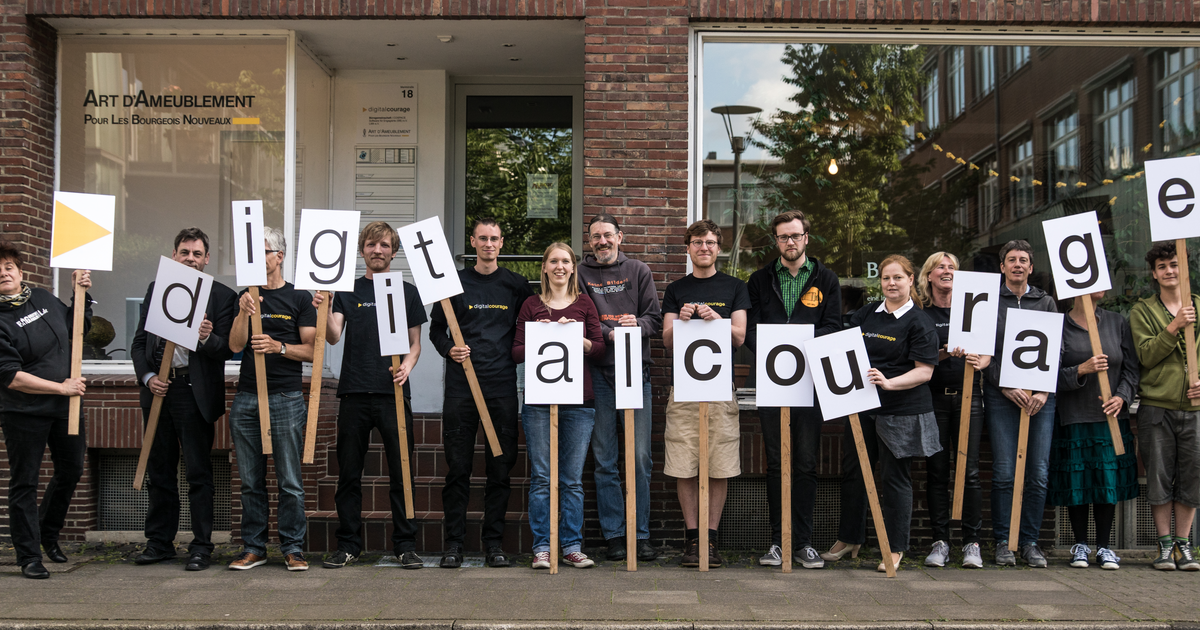Laborjournal<p>Mit <a href="https://mstdn.science/tags/Bioinformatik" class="mention hashtag" rel="nofollow noopener" target="_blank">#<span>Bioinformatik</span></a> und synthetischer <a href="https://mstdn.science/tags/Biologie" class="mention hashtag" rel="nofollow noopener" target="_blank">#<span>Biologie</span></a> setzte ein Team der <span class="h-card" translate="no"><a href="https://xn--baw-joa.social/@unituebingen" class="u-url mention" rel="nofollow noopener" target="_blank">@<span>unituebingen</span></a></span> ein Gencluster neu zusammen, das für die <a href="https://mstdn.science/tags/Enzyme" class="mention hashtag" rel="nofollow noopener" target="_blank">#<span>Enzyme</span></a> zur <a href="https://mstdn.science/tags/Biosynthese" class="mention hashtag" rel="nofollow noopener" target="_blank">#<span>Biosynthese</span></a> des abgeleiteten "Ur-<a href="https://mstdn.science/tags/Antibiotikum" class="mention hashtag" rel="nofollow noopener" target="_blank">#<span>Antibiotikum</span></a>s" Paleomycin codiert ... <span class="h-card" translate="no"><a href="https://mastodon.social/@microrab" class="u-url mention" rel="nofollow noopener" target="_blank">@<span>microrab</span></a></span> erzählt uns mehr darüber: <a href="https://www.laborjournal.de/editorials/2908.php" rel="nofollow noopener" translate="no" target="_blank"><span class="invisible">https://www.</span><span class="ellipsis">laborjournal.de/editorials/290</span><span class="invisible">8.php</span></a></p>
digitalcourage.social is one of the many independent Mastodon servers you can use to participate in the fediverse.

Diese Instanz wird betrieben von Digitalcourage e.V. für die Allgemeinheit. Damit wir das nachhaltig tun können, erheben wir einen jährlichen Vorausbeitrag von 1€/Monat per SEPA-Lastschrifteinzug.
Administered by:
Server stats:
823active users
digitalcourage.social: About · Status · Profiles directory · Privacy policy
Mastodon: About · Get the app · Keyboard shortcuts · View source code · v4.4.2
#Biosynthese
0 posts · 0 participants · 0 posts today
Bestenfalls 🥦<p><a href="https://mastodon.social/tags/Psilocybin" class="mention hashtag" rel="nofollow noopener" target="_blank">#<span>Psilocybin</span></a> <a href="https://mastodon.social/tags/Forschung" class="mention hashtag" rel="nofollow noopener" target="_blank">#<span>Forschung</span></a> <a href="https://mastodon.social/tags/Zauberpilze" class="mention hashtag" rel="nofollow noopener" target="_blank">#<span>Zauberpilze</span></a> <a href="https://mastodon.social/tags/Wissenschaft" class="mention hashtag" rel="nofollow noopener" target="_blank">#<span>Wissenschaft</span></a> <a href="https://mastodon.social/tags/Psilocybe" class="mention hashtag" rel="nofollow noopener" target="_blank">#<span>Psilocybe</span></a> <a href="https://mastodon.social/tags/Psilohuasca" class="mention hashtag" rel="nofollow noopener" target="_blank">#<span>Psilohuasca</span></a> <a href="https://mastodon.social/tags/Beta" class="mention hashtag" rel="nofollow noopener" target="_blank">#<span>Beta</span></a>-Carboline <a href="https://mastodon.social/tags/MAO" class="mention hashtag" rel="nofollow noopener" target="_blank">#<span>MAO</span></a>-Hemmer <a href="https://mastodon.social/tags/Felix" class="mention hashtag" rel="nofollow noopener" target="_blank">#<span>Felix</span></a> Blei <a href="https://mastodon.social/tags/Tryptamine" class="mention hashtag" rel="nofollow noopener" target="_blank">#<span>Tryptamine</span></a> <a href="https://mastodon.social/tags/Synthese" class="mention hashtag" rel="nofollow noopener" target="_blank">#<span>Synthese</span></a> <a href="https://mastodon.social/tags/Biosynthese" class="mention hashtag" rel="nofollow noopener" target="_blank">#<span>Biosynthese</span></a> <a href="https://mastodon.social/tags/MAO" class="mention hashtag" rel="nofollow noopener" target="_blank">#<span>MAO</span></a> <a href="https://mastodon.social/tags/Nachtschatten" class="mention hashtag" rel="nofollow noopener" target="_blank">#<span>Nachtschatten</span></a> <a href="https://lucys-magazin.com/zauberpilze-mehr-als-nur-psilocybin" rel="nofollow noopener" target="_blank"><span class="invisible">https://</span><span class="ellipsis">lucys-magazin.com/zauberpilze-</span><span class="invisible">mehr-als-nur-psilocybin</span></a></p>
TrendingLive feeds
Mastodon is the best way to keep up with what's happening.
Follow anyone across the fediverse and see it all in chronological order. No algorithms, ads, or clickbait in sight.
Create accountLoginDrag & drop to upload